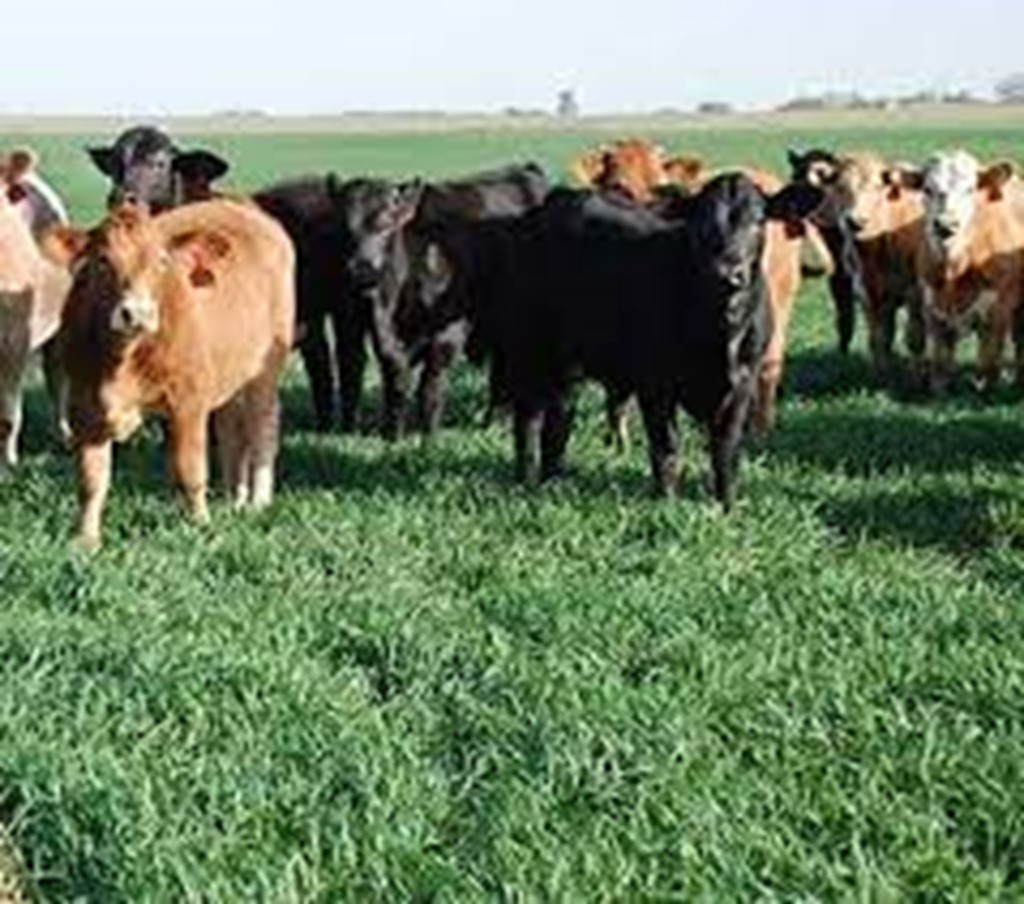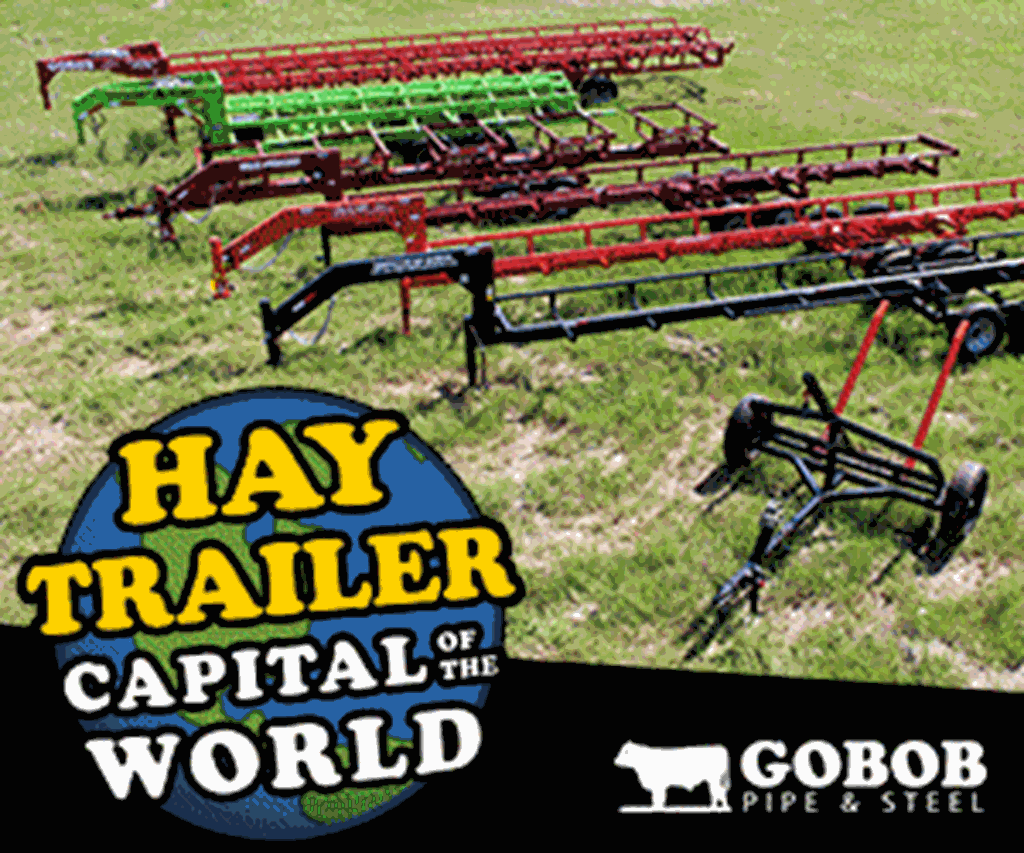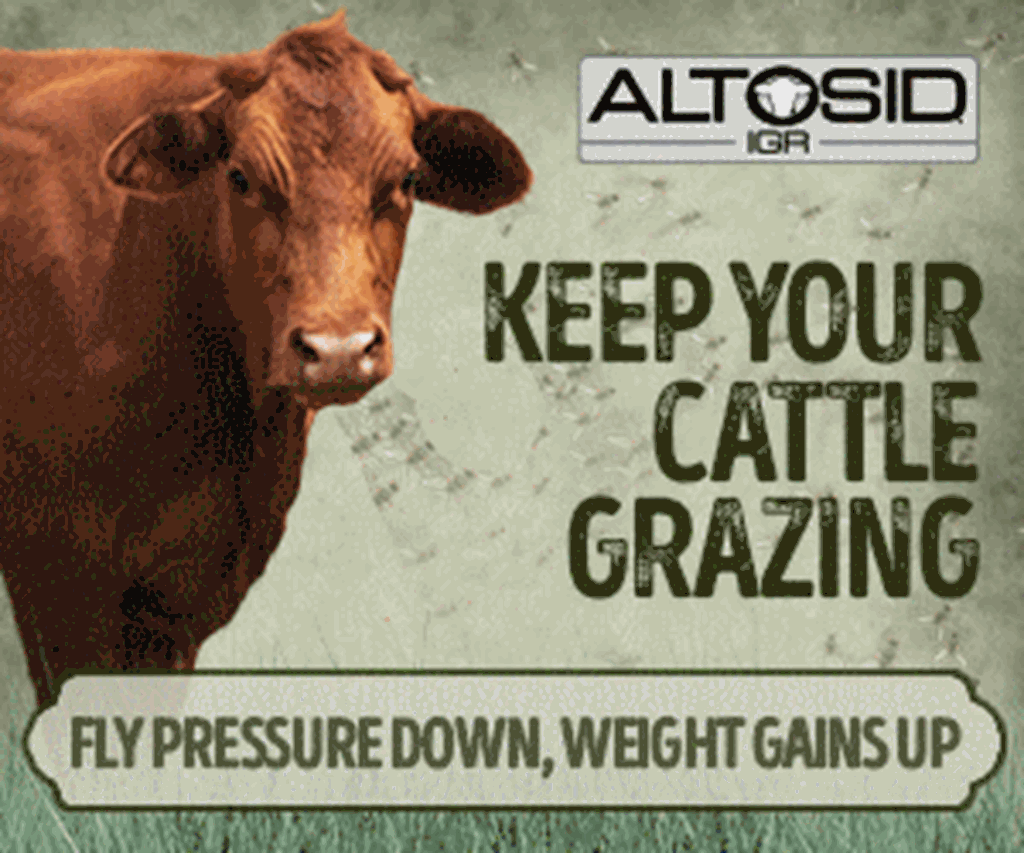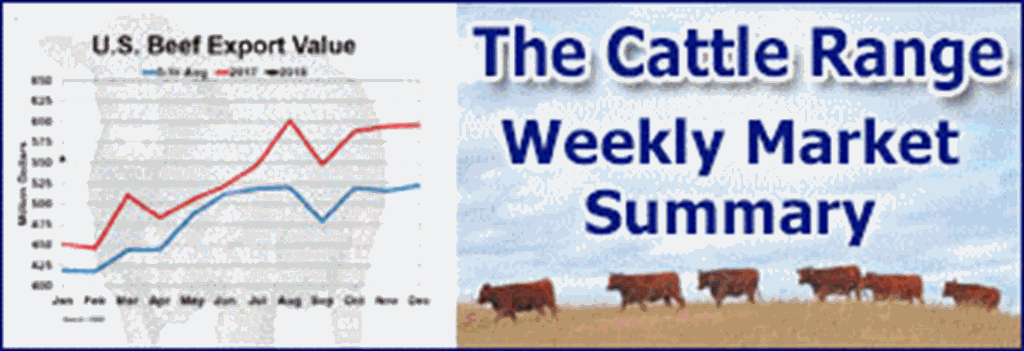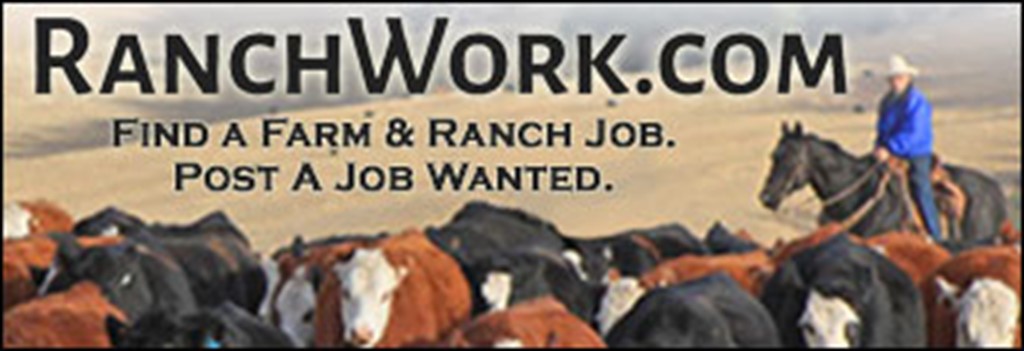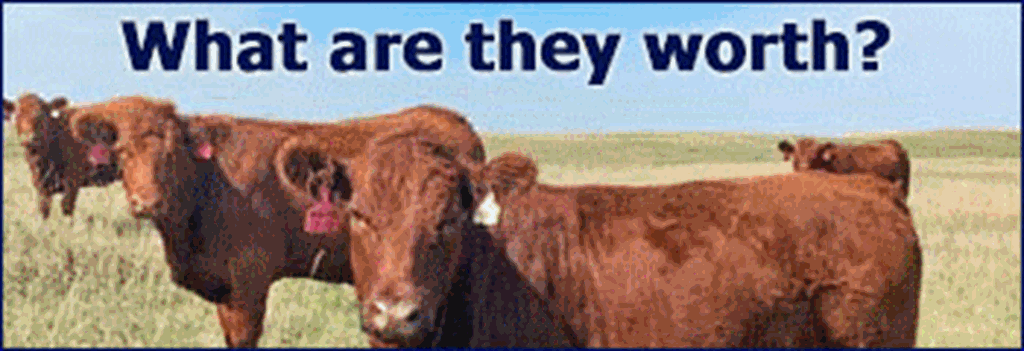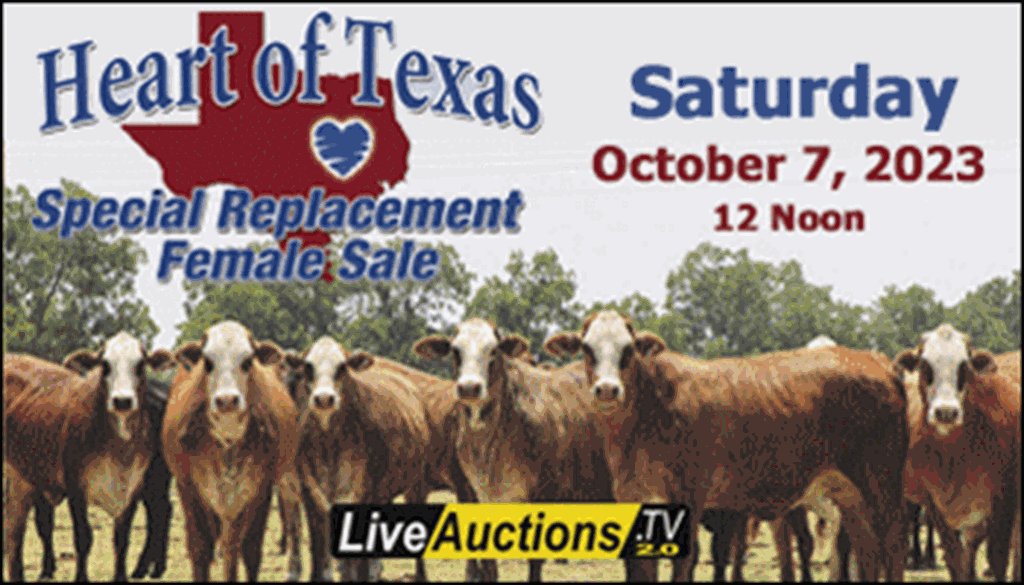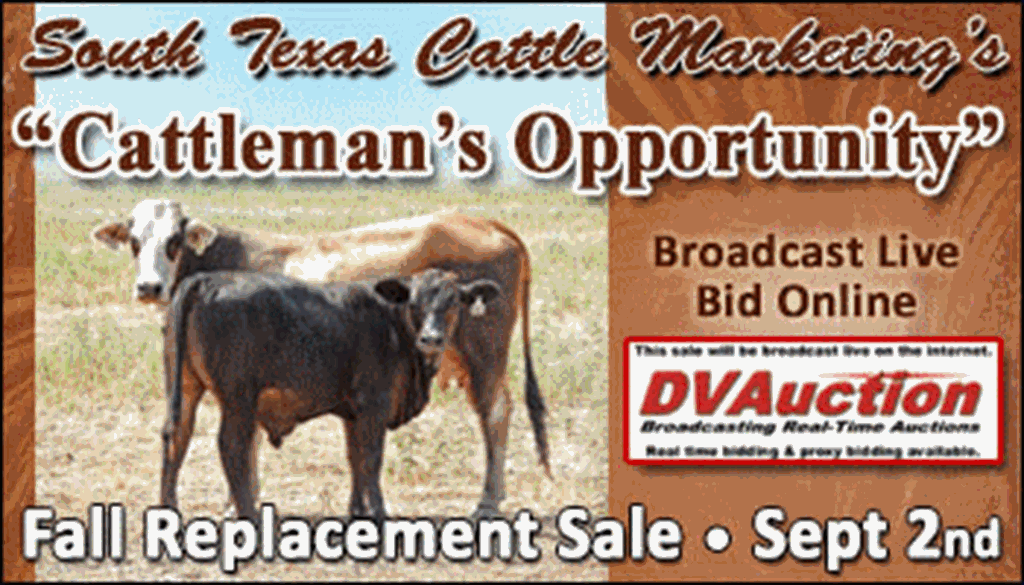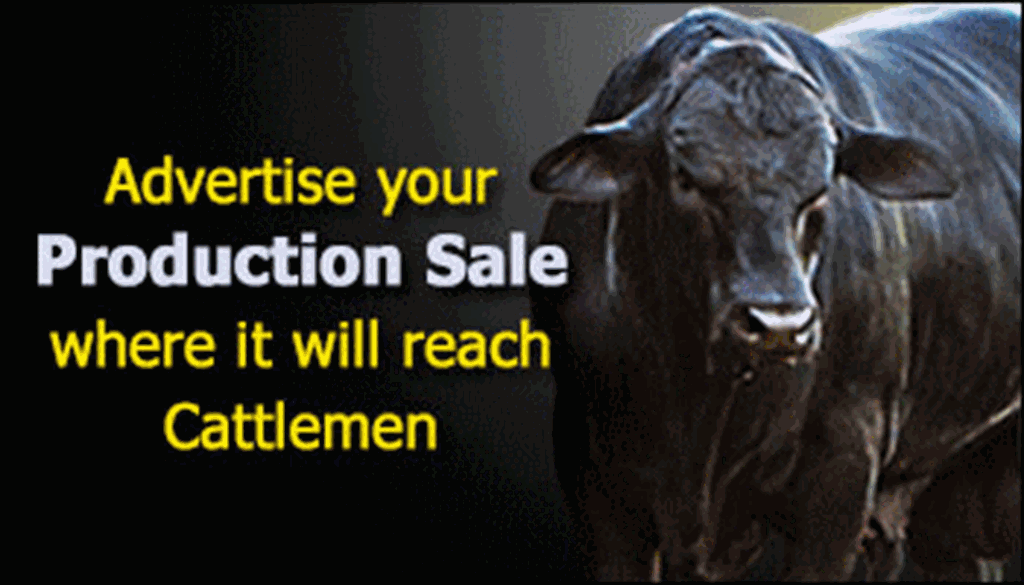Derrell S. Peel, Oklahoma State University
In Oklahoma, winter wheat is used for three different crops: wheat for grain only, wheat for forage only, and dual-purpose wheat for grazing and grain. Producers interested in grazing winter wheat for dual-purpose or forage only will be thinking about planting wheat by late August and into early September. Much of the state has better soil moisture and soil temperature conditions for early-planted winter wheat than in recent years. The exception is a few counties along the Red River in the south-central part of the state which have received relatively little rain this summer.
Wheat forage production conditions are only some of the challenges for winter wheat stocker producers. Dynamic cattle and grain market conditions mean that producers will need to carefully and frequently evaluate stocker budget prospects this fall prior to stocker purchase. Calf prices are moving counter-seasonally higher this summer suggesting that stocker purchase costs will continue to increase this fall. The Oklahoma combined auction price for 450-500 pounds Medium/Large #1 steers in the second week of August reached $302.05/cwt., the highest weekly price since June 2015 and just 6.4 percent below the record high of $322.56/cwt. in November 2014.
As cattle numbers continue to tighten this year, the general incentive in the market is to push cattle into feedlots sooner and through the beef production system faster to keep beef production as high as possible. Beef production is down about 4.8 percent year over year thus far in 2023 but is falling more sharply recently, with July beef production down 6.7 percent compared to one year ago. Heifer slaughter decreased more sharply in July, down 5.5 percent year over year and contributing to a 6.1 percent year over year decrease in total yearling (steer + heifer) slaughter for the month. Additionally, beef cow slaughter was down 21.4 percent year over year in July, contributing to the faster pace of declining beef production. In this beef production environment, holding cattle in relatively slow-paced stocker production will be less feasible. However, among stocker production systems, high quality wheat forage produces relatively rapid gains that may still be economical. Careful monitoring of rapidly changing market conditions is essential.
After two years of high feedlot cost of gain, corn prices may moderate with the current crop. December corn futures peaked as high as $6.28/bushel in late June but are currently around $4.85/bushel. Grain markets remain very volatile with summer weather conditions and the feedgrain supply and price for the coming year are uncertain. Still, the prospect of moderating feedlot cost of gain will be a further challenge for stocker producers. Cheaper cost of gain will give feedlots more ability to compete for limited feeder cattle supplies and further enhance the general need to push cattle through the system faster. A lower feedlot cost of gain generally means feedlots can purchase lighter weight feeder cattle and place them in feedlot earlier.
In an environment of limited feeder cattle supplies and lower feedlot cost of gain, the role of stocker production is squeezed more to the very lightweight end of feeder cattle and an incentive to market sooner rather than later with less weight gain prior to feedlot placement. In the short run this general tendency may be partially offset by the strong uptrend in feeder cattle prices. In short, cattle and feed markets are extremely dynamic and require constant evaluation and nimble response to changing conditions.
